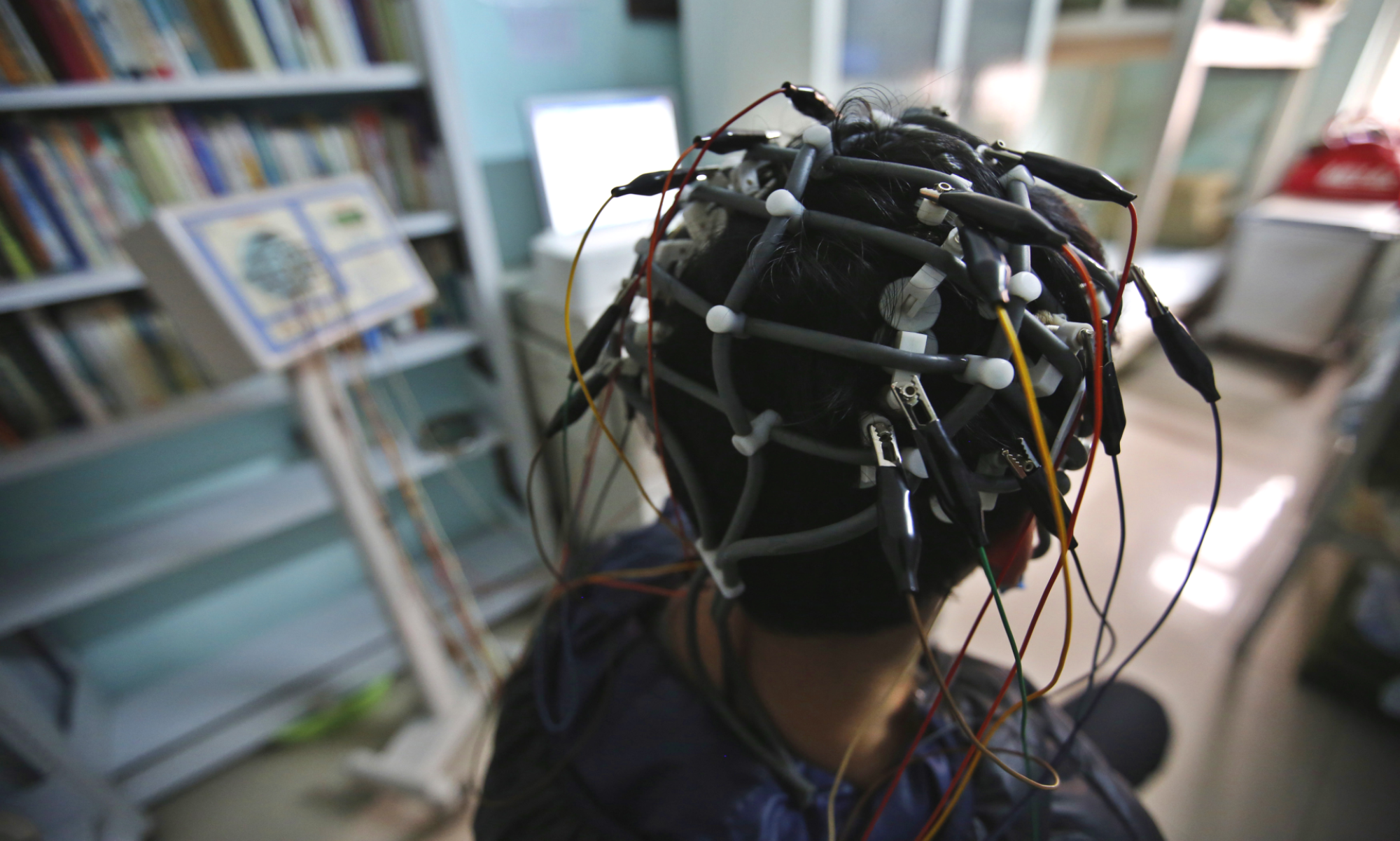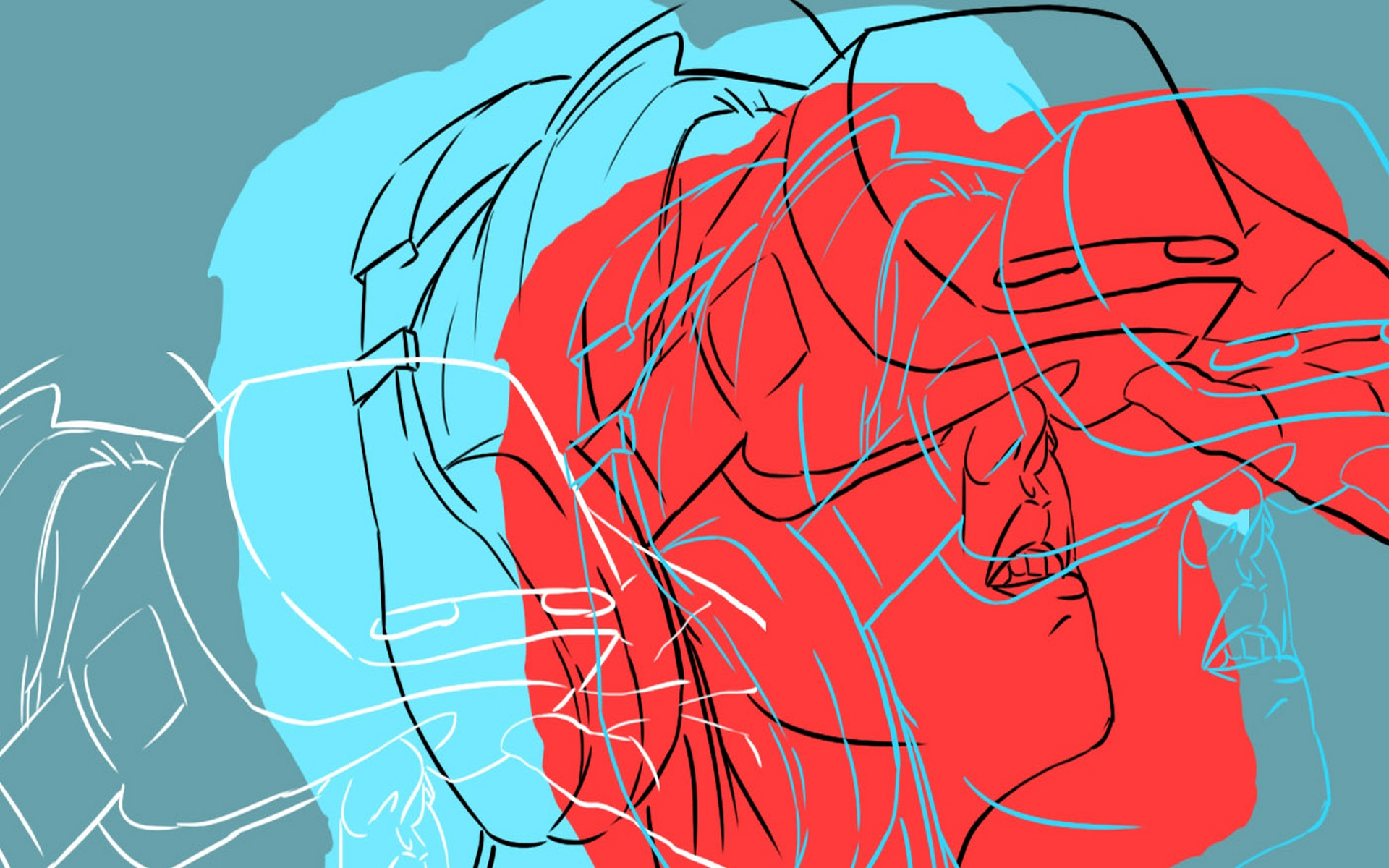Definition:
Two or more distinct identities or personality states are present, each with its own relatively enduring pattern of perceiving, relating to and thinking about the environment and self. According to the DSM-5, personality states may be seen as an “experience of possession.” These states “involve(s) marked discontinuity in sense of self and sense of agency, accompanied by related alterations in affect, behavior, consciousness, memory, perception, cognition, and/or sensory-motor functioning. These signs and symptoms may be observed by others or reported by the individual.”
Research Objectives:
By mediating dissociate experiences, the Internet can challenge the boundaries of people’s sense of self-worth, trust, relationships and ultimately, ones physical identity. To illustrate this hypothesis, a case of dissociate identity disorder (DID) is presented.
Clinical Framework:
A young partially-employed woman with low self-esteem,social withdrawal, anxiety and emotional turmoil, lack of social skills and self confidence, and common eating disorders within her physical environment adjusted her personality and character within virtual online forums. For more than 6 years she spent up to 12h a day in the Internet, assuming a normal and outgoing personality but reverted to her negative physical self within standard transition duration.
Treatment and Outcomes:
During the course of an inpatient neurocognitive psychotherapeutic treatment, the clinical diagnosis of DID was confirmed by psychometric testing. After 48 weeks of psychotherapy, the patient had managed to identify her fragmented identities as character traits and integrated them into her core personality. She rearranged her real everyday life, found a new job, and is able to extend transition duration up to a max. of 8 hrs. before slipping into her previous state.
Next:
Even though the patient’s psychopathology stems from a disposition in terms of a personality disorder with histrionic and narcissistic features, excessive virtual exposure obviously functioned as a trigger to develop DIS. Conclusively, cyberspace’s anonymous interactivity may offer the possibility to explore one’s identity while also putting at risk its coherence.

